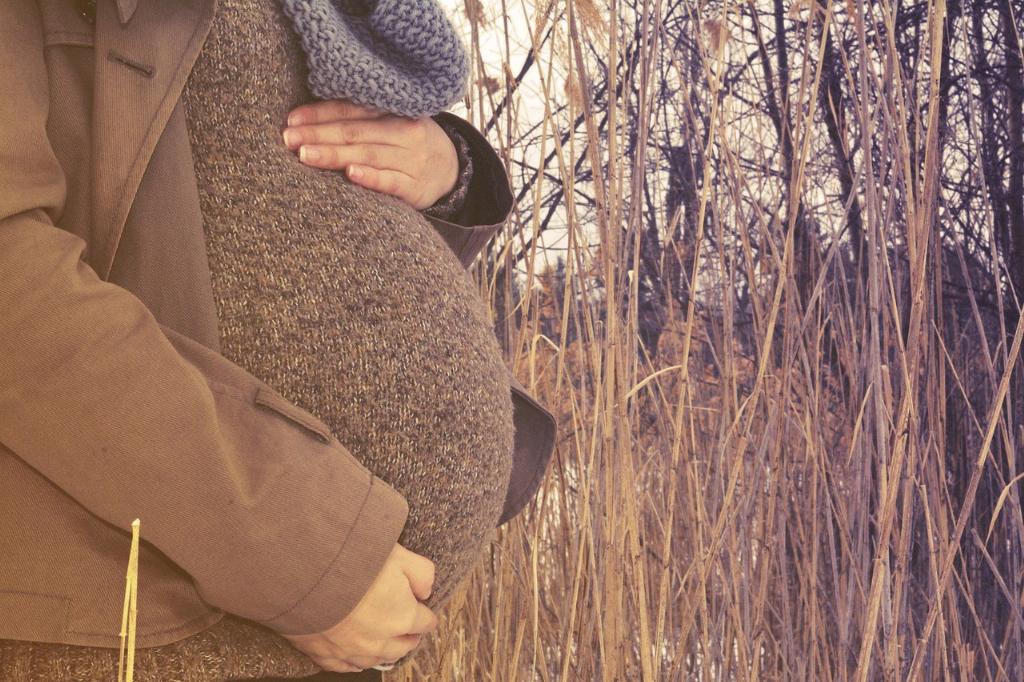After the arrival of your little one via cesarean section, there are several important steps and considerations to keep in mind as you begin your journey into motherhood.
Recovery Period in the Hospital
Following a C-section, most women will spend around 2 to 3 days in the hospital to ensure a smooth recovery for both the mother and the baby. This time allows healthcare professionals to monitor your progress, provide essential care, and address any concerns that may arise.
Bonding with Your New Arrival
Despite undergoing surgery, the moments following a C-section birth are crucial for bonding with your newborn. Skin-to-skin contact, cuddling, and talking to your baby can help establish a deep connection and promote a sense of security for both mother and child.
Assistance with Breastfeeding
Healthcare providers in the hospital will offer guidance and support to help you initiate breastfeeding. They can assist with proper latching techniques, positioning, and addressing any breastfeeding challenges that may arise in the initial stages.
Rest and Recovery Time
Rest is paramount during the postpartum period, especially after a C-section. Taking time to relax, nap when possible, and allow your body to heal is essential for a smooth recovery and ensuring you have the energy needed to care for your newborn.
Pain Management
Managing pain following a C-section is crucial for your comfort and well-being. Healthcare providers will prescribe appropriate pain medications and offer strategies to alleviate discomfort while also ensuring the medications are safe for breastfeeding.
Incision Care
Caring for your C-section incision is essential to prevent infection and promote healing. Following healthcare provider instructions regarding incision care, keeping the area clean and dry, and watching for signs of infection are vital components of the recovery process.
Mobility and Activity
While rest is crucial, gentle movement and activity are also encouraged to prevent complications such as blood clots and promote circulation. Walking short distances, engaging in light stretching, and gradually increasing activity levels as advised by healthcare providers can aid in recovery.
Emotional Well-being
Adjusting to a new baby, recovering from surgery, and hormonal fluctuations can impact your emotional well-being. It is essential to communicate openly with your healthcare team, partner, and support system about any feelings of anxiety, sadness, or overwhelm you may experience.
Follow-up Care
Upon discharge from the hospital, follow-up care is typically scheduled to monitor your recovery progress, address any concerns, and ensure you and your baby are thriving. Attend all postpartum appointments and reach out to your healthcare provider with any questions or issues.
At-home Recovery
Once you are home, continue to prioritize rest, proper nutrition, hydration, and incision care as you navigate the early weeks of recovery. Accept help from loved ones, delegate tasks, and focus on bonding with your baby as you gradually ease back into daily routines with caution.
Physical Activities and Resuming Normal Life
Gradually reintroducing physical activities, household chores, and work responsibilities is essential to prevent strain on your body and promote full recovery. Listen to your body, avoid heavy lifting, and communicate with your healthcare provider about when it is safe to resume specific activities.
Self-care and Support
Self-care is paramount as you navigate the postpartum period after a C-section. Prioritize self-care activities that bring you joy, relaxation, and rejuvenation. Lean on your support system, seek guidance from healthcare professionals, and remember to be patient with yourself as you heal and adjust to life with your new bundle of joy.

